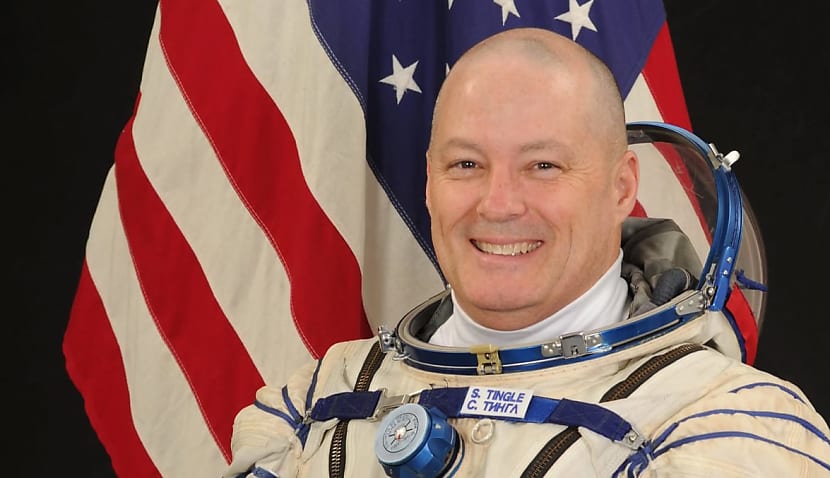Based at the Johnson Space Center in Houston, Tingle takes over the top job after a long career as a United States Navy captain and spaceflight engineer, with more than 4,500 flight hours across 51 aircraft types and a stint aboard the International Space Station (ISS).
In his new role, Tingle will oversee astronaut operations, workforce management and crew preparation. He will also help shape future flight crew assignments for human spaceflight missions, including NASA’s Artemis program aimed at returning astronauts to the moon.
Johnson Space Center director Vanessa Wyche congratulated Tingle on the appointment, noting his “new and exciting leadership role”. She also thanked outgoing chief astronaut Joe Acaba for steering the Astronaut Corps through preparations for ISS missions and helping test new technologies and procedures designed to make human spaceflight safer and more accessible.
Tingle, who grew up in Randolph, Massachusetts, joined NASA’s Astronaut Corps in 2009. He holds engineering degrees from Southeastern Massachusetts University and Purdue University in Indiana.
His most recent mission saw him serve as a flight engineer during Expeditions 54/55 on the ISS, spending more than six months in orbit. He launched aboard a Soyuz spacecraft from the Baikonur Cosmodrome on 17 December 2017 and returned to Earth on 3 June 2018. Since then, he has worked across a range of roles within the Astronaut Office, including mission support, technical leadership and crew readiness.
Before joining NASA, Tingle worked in propulsion roles at The Aerospace Corporation in California and served a distinguished career in the US Navy, eventually retiring with the rank of captain.
Tingle replaced Joe Acaba, who led the Astronaut Office from February 2023. Acaba has now moved into a senior advisory role within the centre director’s office, where he will provide technical input on mission planning, support NASA’s long-term human spaceflight strategy and strengthen collaboration with commercial space companies, universities and government partners as the agency pushes further beyond low-Earth orbit.

